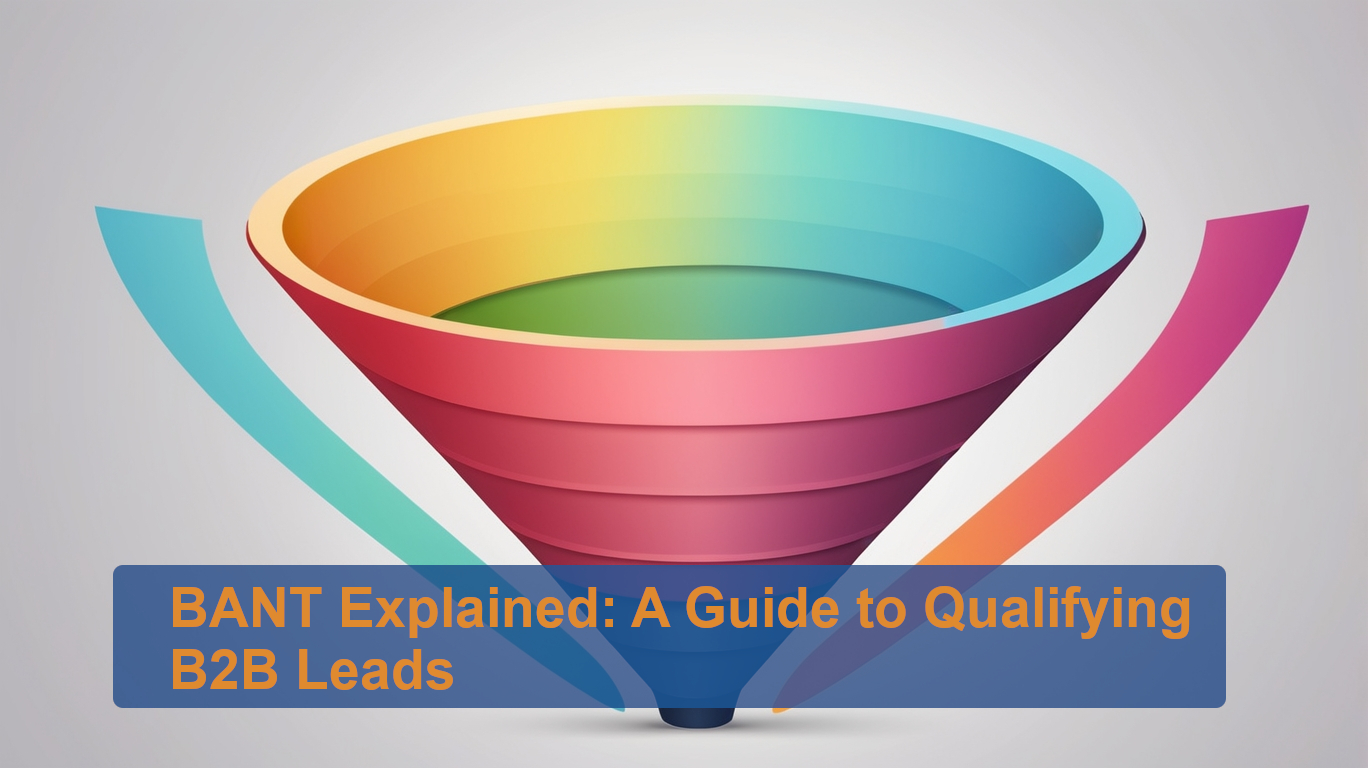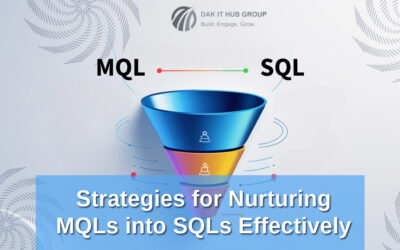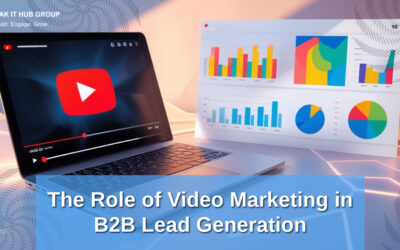In the competitive landscape of B2B sales, effective lead qualification is essential for driving revenue and maximizing your sales team’s efficiency. The BANT framework, a proven methodology, provides a structured approach to assessing potential customers and determining their suitability for your products or services.
Understanding BANT
BANT stands for:
Budget: Does the potential customer have the financial resources to afford your solution?
Authority: Who within the organization has the decision-making power?
Need: Does the prospect have a clear and pressing need for your product or service?
Timeline: What is the prospect’s purchasing timeframe?
By evaluating leads against these four criteria, you can prioritize those most likely to convert and allocate your sales resources accordingly.
The Benefits of BANT Lead Qualification
Improved Sales Efficiency: By focusing on qualified leads, your sales team can spend more time on opportunities with a higher probability of closing.
Increased Conversion Rates: BANT helps you identify leads that are ready to buy, leading to higher conversion rates and improved ROI.
Enhanced Customer Satisfaction: By understanding your customers’ needs and budgets, you can tailor your sales approach to provide solutions that truly meet their requirements.
Data-Driven Decision Making: BANT provides valuable data that can inform your marketing and sales strategies.
Applying BANT in Practice
To effectively qualify leads using the BANT framework, follow these steps:
1. Gather Information: Collect as much information as possible about potential customers, including their company size, industry, and recent activities.
2. Assess Budget: Determine the potential customer’s budget for your solution. This can be done through research, direct inquiries, or by analyzing their online behavior.
3. Identify Decision-Makers: Identify the key decision-makers within the organization and understand their roles and priorities.
4. Uncover Needs: Assess the potential customer’s specific needs and challenges. This can be done through conversations, surveys, or content marketing efforts.
5. Determine Timeline: Understand the potential customer’s purchasing timeline. Are they looking to make a decision immediately or in the future?
BANT in Action: A Real-World Example
Imagine you’re selling a new CRM software solution. Using BANT, you would assess potential customers based on:
Budget: Does the company have the budget to invest in a new CRM system?
Authority: Who within the organization is responsible for purchasing software solutions?
Need: Is the company experiencing challenges with their current CRM system, or are they looking to improve their sales efficiency?
Timeline: When is the company planning to implement a new CRM system?
By qualifying leads based on these criteria, you can focus your sales efforts on organizations that are most likely to convert.
DAK IT HUB: Your Partner in BANT Lead Generation
DAK IT HUB offers a comprehensive suite of B2B lead generation services designed to help you identify and qualify high-quality leads. Our services include:
Lead Generation: Identifying and capturing potential customers that align with your target audience.
Data Enrichment: Enhancing lead information with accurate and up-to-date data.
Lead Qualification: Assessing leads based on the BANT framework to prioritize your sales efforts.
Lead Nurturing: Developing targeted campaigns to move qualified leads through the sales funnel.
By partnering with DAK IT HUB, you can streamline your lead generation process, improve your sales efficiency, and drive business growth. Let’s work together to achieve your B2B sales goals. Contact Us to get started with your lead generation.





0 Comments